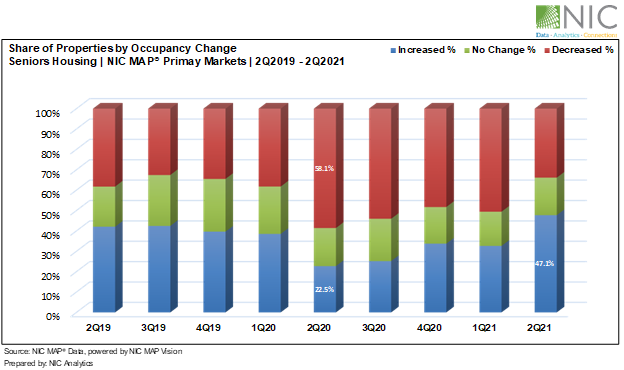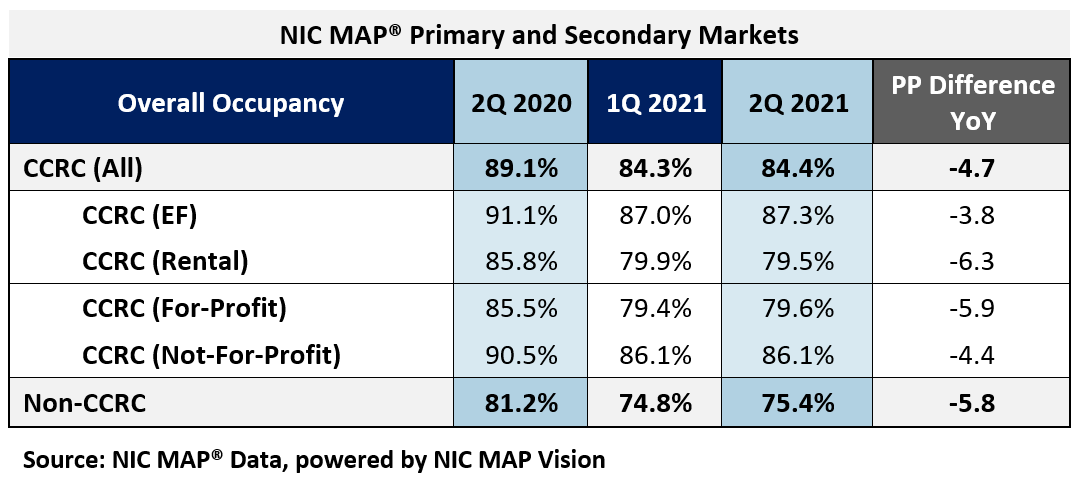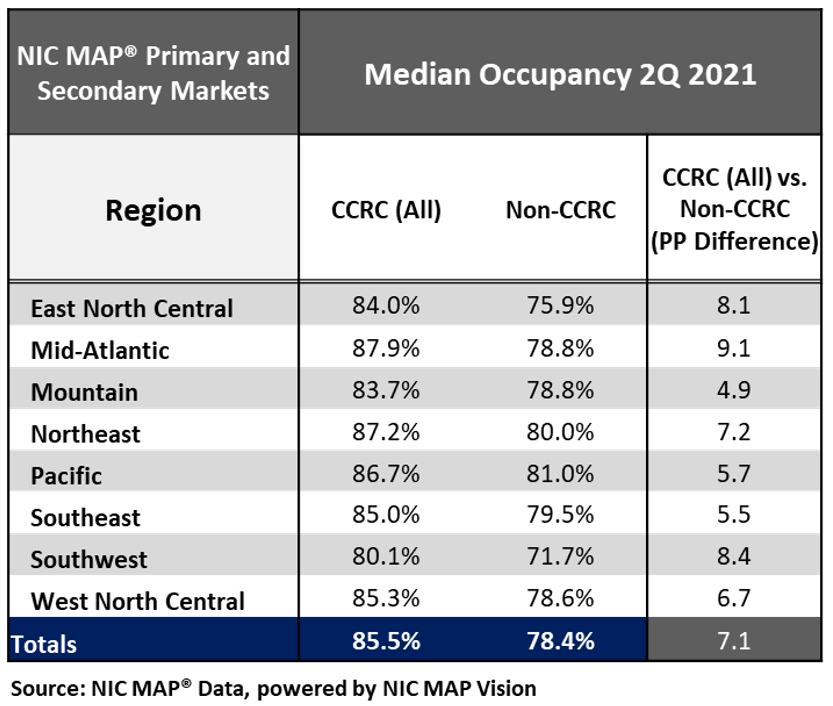The Labor Department reported that nonfarm payrolls rose by a strong 943,000 in July 2021 and an upwardly revised 938,000 in June. The consensus estimates for July had been for a gain of 858,000. Nonfarm payrolls are now up by 16.7 million since April 2020 but remain down by 5.7 million or 3.7% from pre-pandemic levels of February 2020. The data show that the U.S. recovery from the pandemic remains in place and that the hindrance on hiring from labor shortages may be easing. Its noteworthy, however, that the data collection period for the July report occurred in the first half of the month, prior to growing concerns about the COVID-19 Delta variant.
Today’s report is especially important as the Federal Reserve wants to see “substantial progress” in the economy before it shifts monetary policy to a tighter regime of higher interest rates and fewer asset purchases. The July jump in jobs along with the significant upward revisions in June and May payrolls point to an improving labor market, a key consideration for the Fed in evaluating “substantial progress”. Further, the 4.0% annual increase in average hourly earnings will fuel concerns about inflation.
Indeed, average hourly earnings for all employees on private nonfarm payrolls rose by $0.11 in July to $30.54, a gain of 4.0% from a year earlier, up from 3.7% in June. The data suggests that rising demand for labor associated with the recovery from the pandemic is putting upward pressure on wages. That said, the Labor Department warns that the pandemic has affected the ability to fully interpret the wage data due to the wide swings in employment trends.
Notable job gains occurred in leisure and hospitality (380,000), local government (221,000), and professional and business services (60,000). Health care added 37,000 jobs in July. Job gains in ambulatory health care services (32,000) and hospitals (18,000) more than offset a loss of 13,000 jobs in nursing and residential care facilities. Health care employment is down by 502,000 since February 2020.
Separately and from a different survey, the Labor Department reported that the unemployment rate fell by 0.5 percentage point to 5.4% in July and the number of unemployed persons fell by 782,000 to 8.7 million. The jobless rate is now 1.6 percentage points above the pre-pandemic level of 3.5% seen in February 2020, but well below the 14.7% peak seen in April 2020. The underemployment rate or the U-6 jobless rate was 9.2% down from 9.8% in June 2021. This figure includes those who have quit looking for a job because they are discouraged about their prospects and people working part-time but desiring a full work week.
The number of long-term unemployed (those jobless for 27 weeks or more) decreased by 560,000 to 3.4 million but is 2.3 million higher than in February 2020, suggesting that this continues to be a very challenging time for many Americans. Long-term unemployed persons account for 39.3% of the total number of unemployed persons.
The labor force participation rate, which is a measure of the share of working age people who are employed or looking for work was steady at 61.7% in July and has remained within a narrow range of 61.4% to 61.7% since June 2020. The participation rate is 1.6 percentage points lower than in February 2020. Many workers have dropped out of the labor force since the pandemic began to take care of family members or out of fear of working and catching the virus.
The change in total nonfarm payroll employment for May was revised up by 31,000 from a gain of 583,000 to 614,000 and the change for June was revised up by 88,000 from 850,000 to 938,000. With these revisions, employment in May and June combined is 119,000 higher than previously reported. Monthly revisions result from additional reports received from businesses and government agencies since the last published estimates and from the recalculation of seasonal factors.
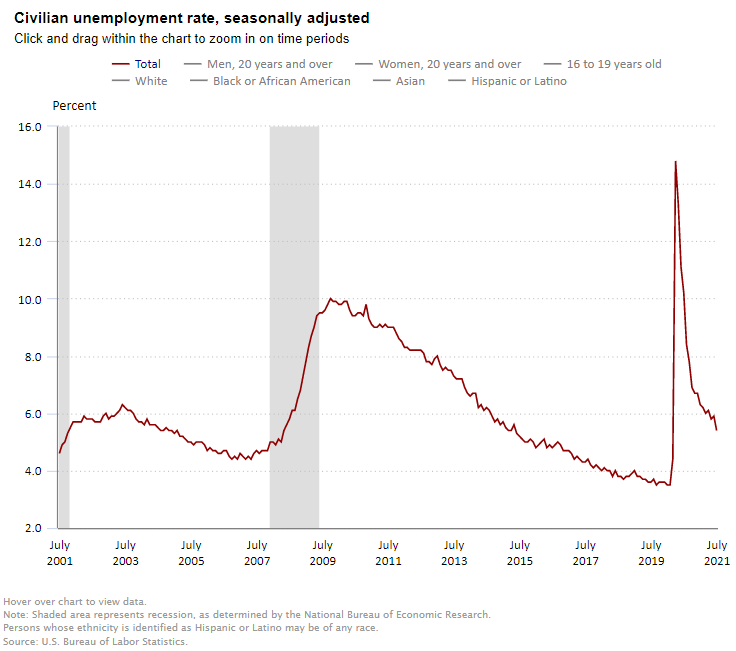
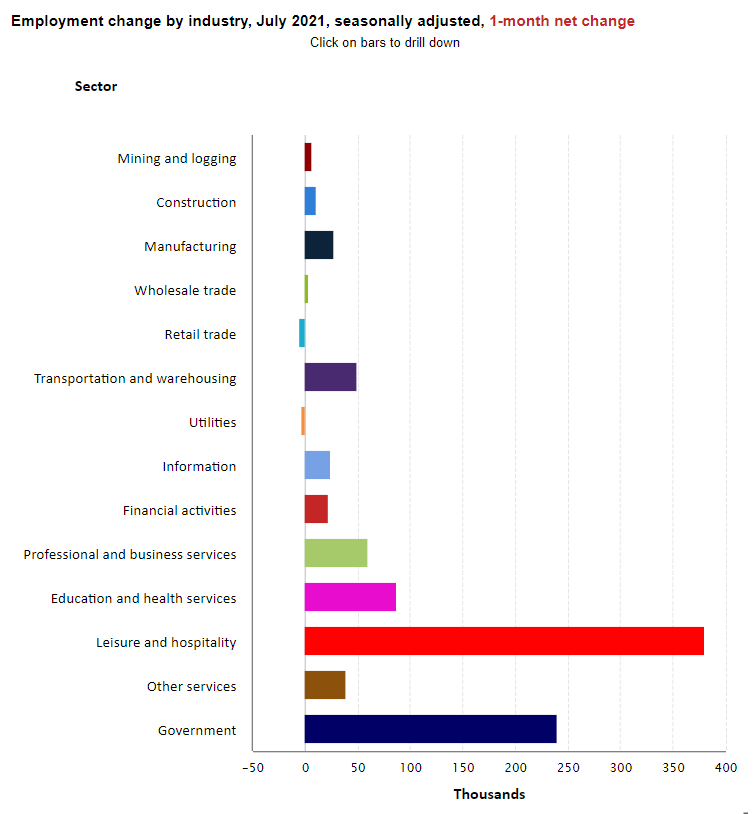
 “The workforce is the key to the future,” said Fee Stubblefield, founder and CEO at The Springs Living. Based in McMinnville, Oregon, the company owns and operates 18 senior living communities in the Northwest. Two new developments are underway. “Solving the workforce challenge is the number one issue impacting the quality of senior housing,” he added.
“The workforce is the key to the future,” said Fee Stubblefield, founder and CEO at The Springs Living. Based in McMinnville, Oregon, the company owns and operates 18 senior living communities in the Northwest. Two new developments are underway. “Solving the workforce challenge is the number one issue impacting the quality of senior housing,” he added.